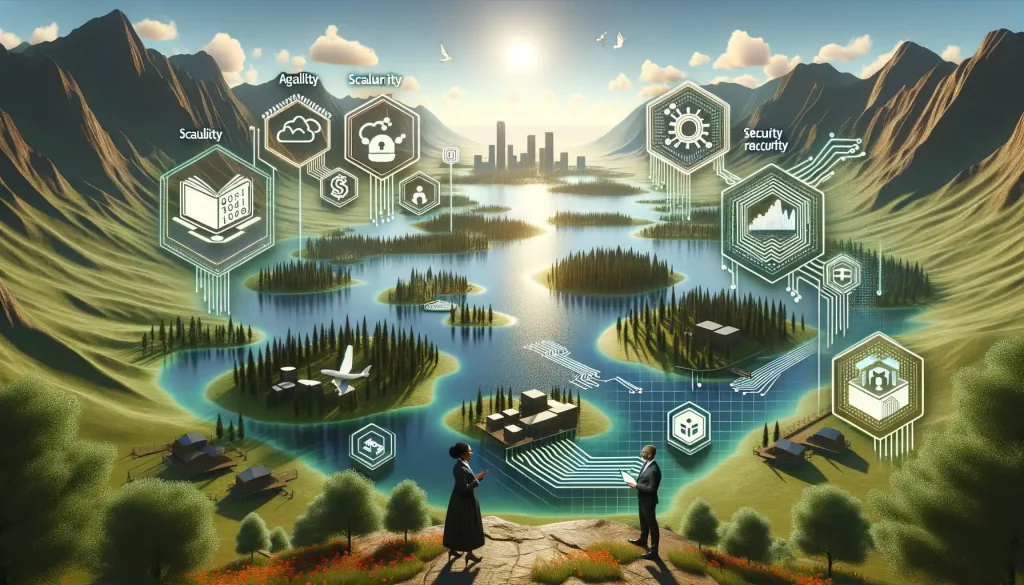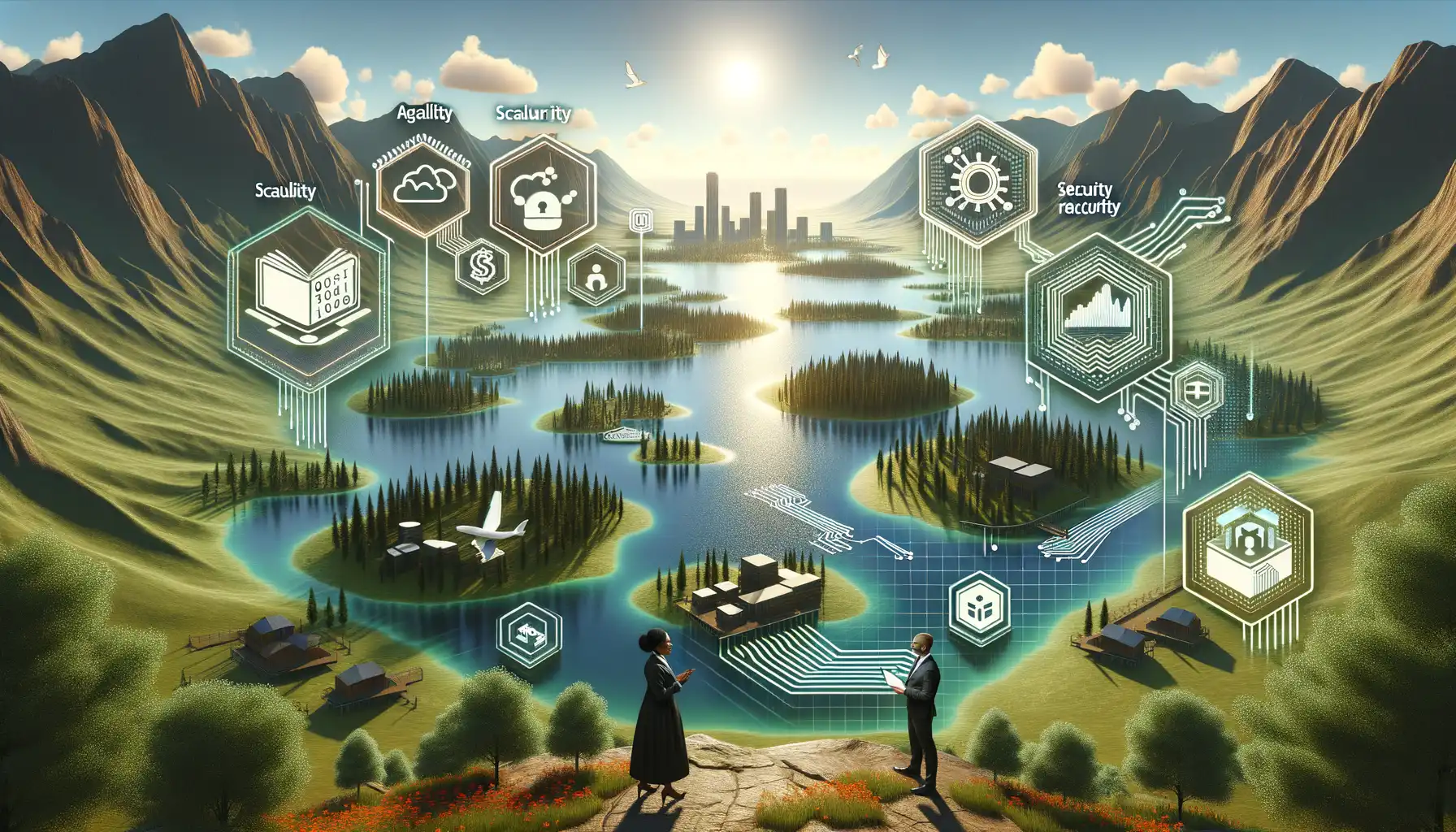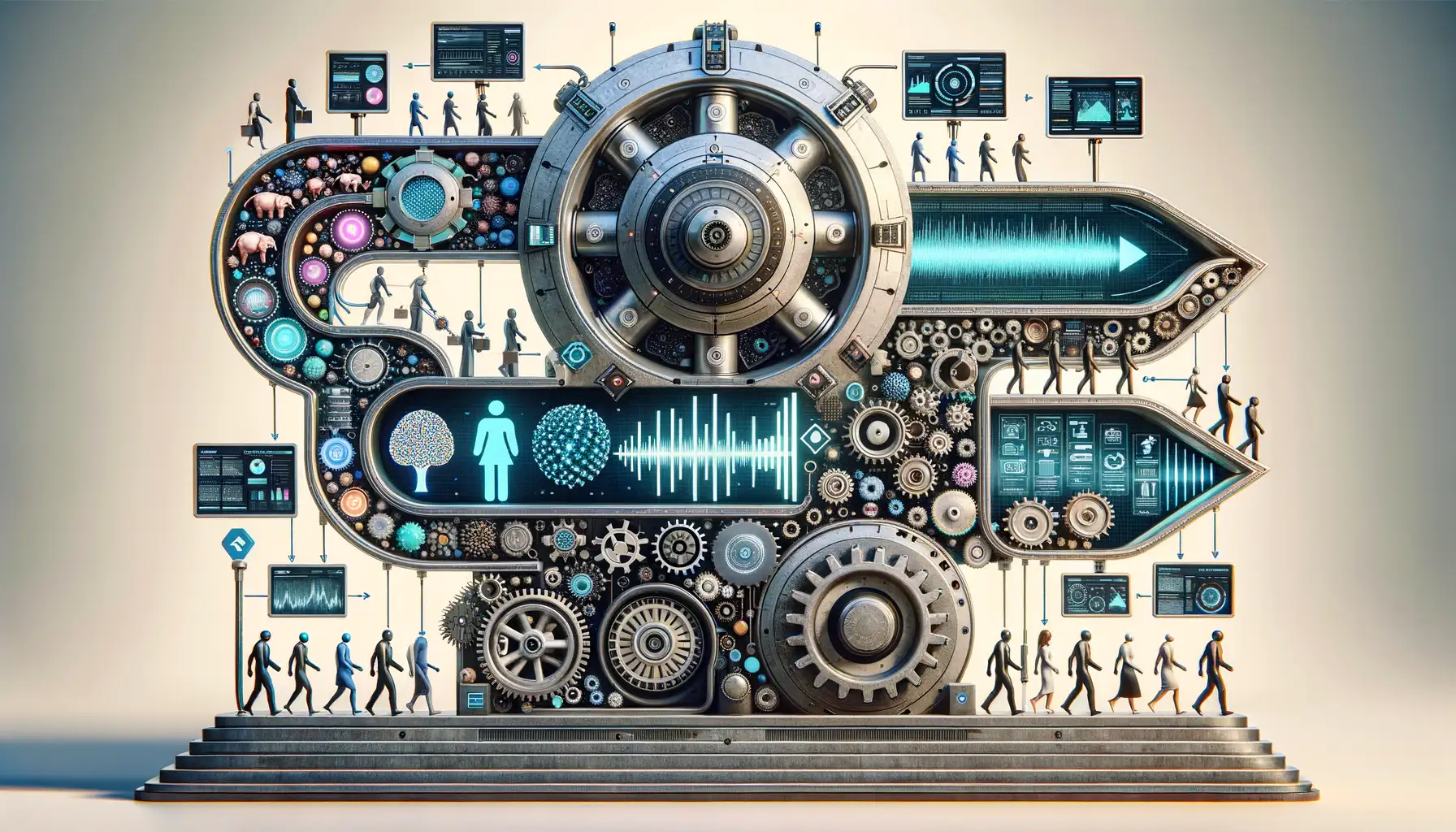Introduction to Driverless Public Transport
Imagine stepping onto a bus with no driver behind the wheel. Sounds like something out of a sci-fi movie, right? But this isn’t a scene from the future—it’s happening now. Welcome to the transformative world of driverless public transport, where technology and innovation are rewriting the rules of how we navigate cities. These autonomous marvels are reshaping our daily commutes by turning science fiction into your regular Monday morning ride. But how does it all work? And why should you care?
What Makes Driverless Transport Unique?
Unlike traditional buses with human drivers, these self-driving vehicles rely on sleek, invisible brains of code paired with super-smart hardware. Picture an orchestra working in perfect harmony: cameras, sensors, radar, and AI algorithms all working together to ensure smooth rides. No burnout or coffee breaks needed! This technology doesn’t just react to traffic—it anticipates it, planning every turn and stop with precision.
- Safety above all: Equipped with 360-degree vision, these buses “see” hazards humans might miss.
- Eco-conscious: Many are electric, cutting harmful emissions while gliding through streets.
- Always on time: Goodbye unreliable schedules; hello punctuality!
Changing the Way We Move
For urbanites, riding a driverless bus could mean reclaiming lost moments—reading, chatting, or even just relaxing without stressing over navigation. Imagine rural towns finally having easier access to transportation, thanks to automated routes and reduced operational costs. The possibilities go beyond convenience; they’re about rethinking mobility as a whole.
Key Technologies Powering Driverless Buses

The Brain Behind the Wheel: Advanced Sensors and AI
Driverless buses aren’t just oversized toy cars zipping around—they’re marvels of modern engineering, driven by technologies that border on sci-fi. At the heart of these futuristic rides are advanced sensors and artificial intelligence, acting as their “eyes” and “brain.”
Let’s talk about sensors like LIDAR and cameras. These devices work tirelessly to map the bus’s surroundings in real-time, from spotting a cyclist weaving through traffic to detecting a stray dog darting across the road. When paired with AI, the bus doesn’t just “see” the world—it learns to understand it. Imagine this: an autonomous bus slows down not only for a pedestrian but adjusts its speed because it predicts that person might linger near the curb. That’s not magic; that’s machine learning.
Connecting the Dots: IoT and 5G Magic
Another game-changer? Connectivity. Thanks to the Internet of Things (IoT), driverless buses speak to traffic lights, nearby vehicles, and even smartphone apps. Combine this with 5G, and you’ve got real-time communication on steroids.
Here’s how it works:
- The bus receives live updates on road conditions or construction zones.
- It alerts passengers about delays or faster alternative connections.
- It syncs with city systems to optimize routes based on traffic flow.
Suddenly, public transport feels less like waiting in line and more like riding a smart, shared limo!
Benefits of Driverless Buses for Urban Mobility
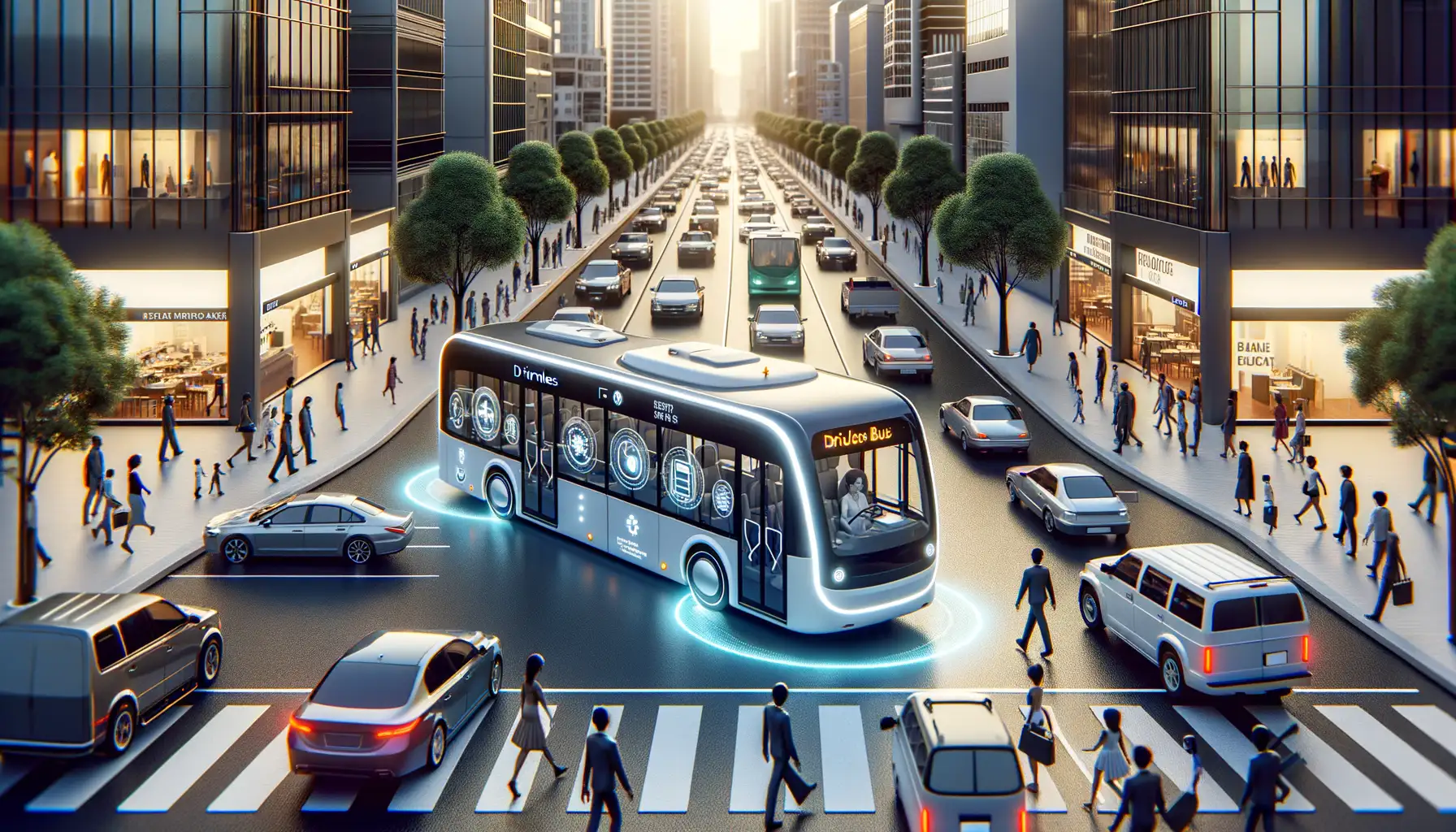
Unlocking Space and Time with Driverless Buses
Picture this: a bustling city where traffic jams are a distant memory and commutes are seamless. That’s the promise of driverless buses. By optimizing routes based on real-time data, these autonomous wonders help free up precious urban space. No more vast parking lots or streets clogged with cars. Cities can instead reclaim these areas for greenery, bike lanes, or vibrant community spaces.
And let’s talk about time. Imagine fewer delays caused by human slip-ups. Automated systems mean buses stick to schedules like clockwork, ensuring that your morning ride is stress-free. A connected network of autonomous vehicles communicates effortlessly, smoothing traffic flow and even reducing congestion in busy downtown areas. It’s efficiency meets innovation—on wheels.
A Greener, Safer Ride
Driverless buses are not just smart; they’re environmentally conscious. Many operate on electric power, cutting down harmful emissions while cruising silently through neighborhoods. Cleaner air, quieter streets—what’s not to love?
Safety, too, gets a major upgrade. Autonomous sensors don’t get distracted or tired. Accidents caused by human error—speeding, texting, or fatigue—drop dramatically. Look at the numbers: it’s an investment in saving lives. Plus, their precise navigation makes crowded pedestrian zones or tricky intersections safer for everyone.
- Eco-friendly operations from electric energy reduce carbon footprints.
- Advanced safety features handle uncertain scenarios far better than humans.
The future looks brighter—and cleaner—with these buses.
Challenges and Concerns in Adoption

The Human Factor: Trusting the Invisible Driver
Imagine standing at a bus stop, watching a sleek, driverless bus glide to a halt in front of you. Its doors open smoothly, but there’s no friendly driver inside to greet you, no human figure reassuring you with a nod or smile. That can feel… unsettling, right? One of the biggest hurdles for autonomous public transport is fostering trust among passengers.
How do we trust something we can’t see or talk to? People often wonder: What happens in an emergency? Will the technology detect every hazard? And there’s also the lingering fear of handing over control to a machine—especially for those unfamiliar with AI-driven systems.
Complex Roads Ahead: Ethical and Logistical Quirks
Driverless buses may promise perfection, but the urban jungle can be chaotic. They must navigate:
- Poorly marked roads: Not every city street boasts pristine lanes or clear signage.
- Human unpredictability: Pedestrians jaywalking or cyclists darting into traffic are real-world challenges algorithms need to master.
- Cultural nuances: Traffic behaviors vary wildly—what works in Tokyo might fail spectacularly in Rome.
Beyond this, there’s the ethical dilemma: In moments of unavoidable risk, how does the bus “decide” whose safety takes priority? It’s a question that stirs heated debate.
Future of Autonomous Public Transportation
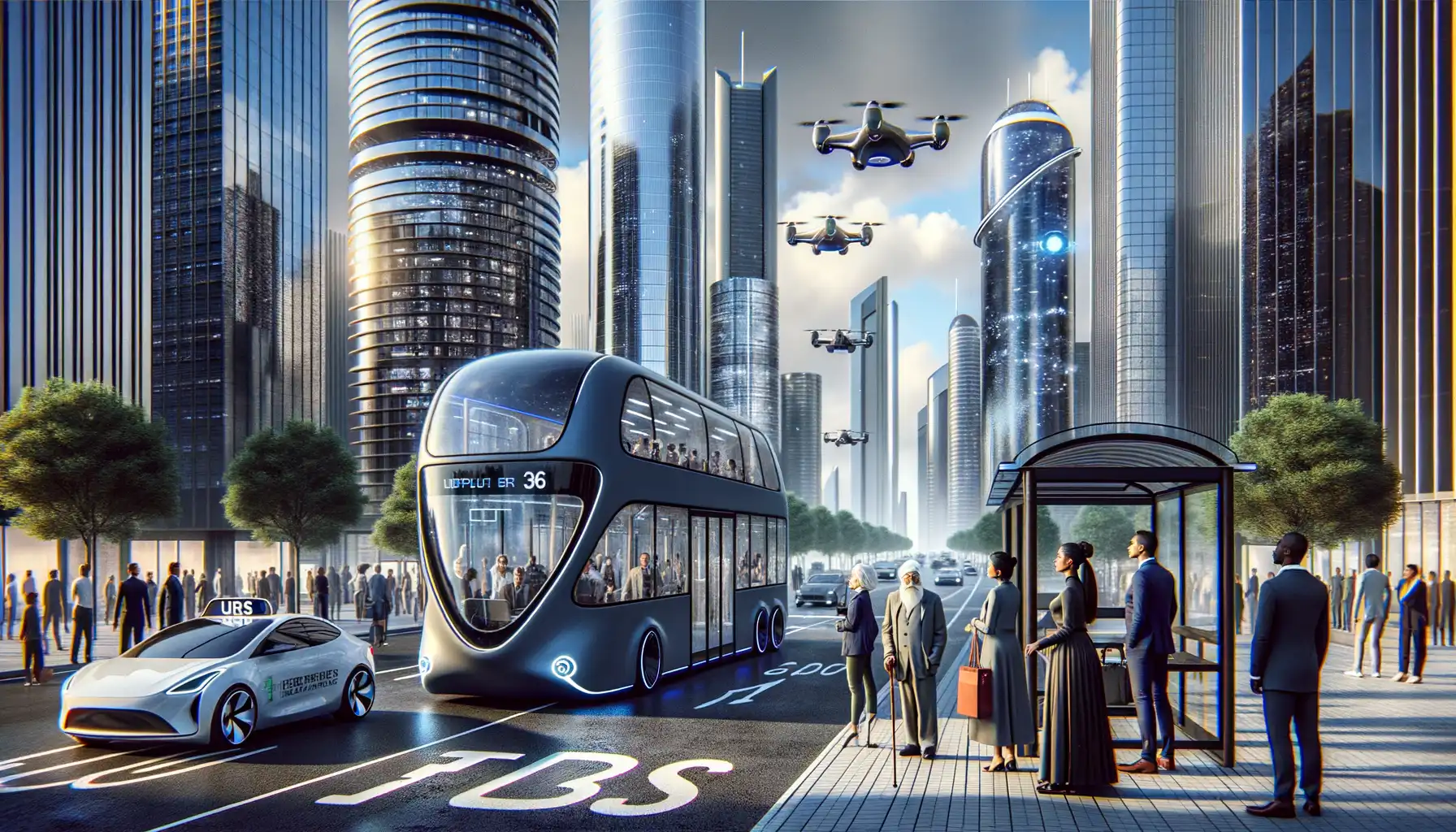
Reimagining Cities with Smarter, Self-Driving Systems
Picture this: you step onto a sleek, driverless bus that glides through your city with clockwork precision. No delays. No honking horns. Just seamless, efficient transit. The future of autonomous public transportation looks nothing short of transformative—it’s not just about moving people; it’s about reshaping how cities breathe and function.
Imagine buses that “talk” to traffic lights, communicating in real-time to optimize routes and avoid jams. This isn’t sci-fi, it’s Vehicle-to-Everything (V2X) technology at work! With AI-driven systems learning passenger patterns—rush hour crowds, game-day surges—public transport becomes not just reactive but almost psychic.
The heart of this future? A mission to create equal access for all. Here’s what to expect soon from autonomous fleets:
- On-demand routing: Smaller autonomous shuttles pulling up exactly where and when passengers need them, ditching fixed schedules forever.
- Eco-revolutions: Electric-powered systems reducing urban carbon footprints like never before.
- Safety like never before: Machine precision avoiding human error, cutting down on accidents.
This vision doesn’t just benefit big cities. Think rural areas or underserved suburbs suddenly gaining reliable, affordable transit services. It’s more than transport—it’s empowerment. If the past gave us wheels, the future hands us wings. Let’s buckle up!



